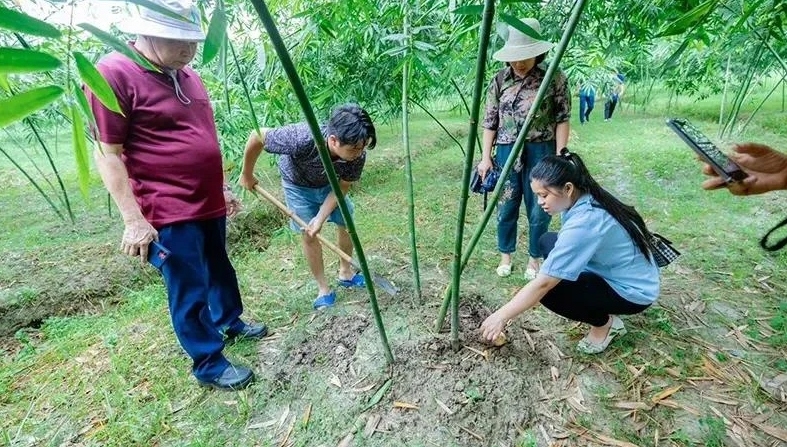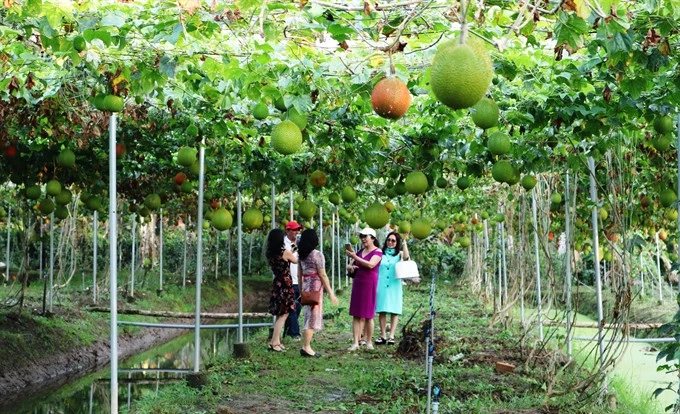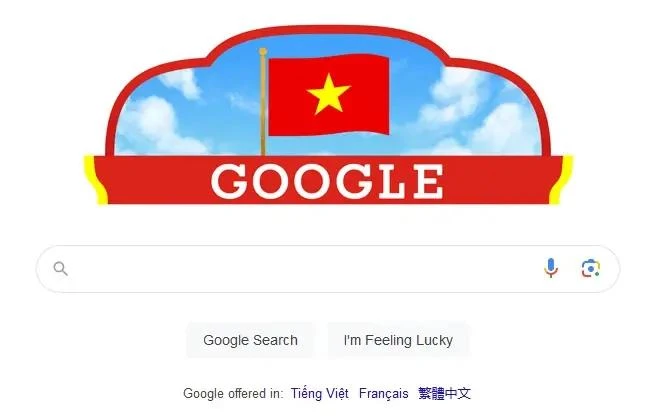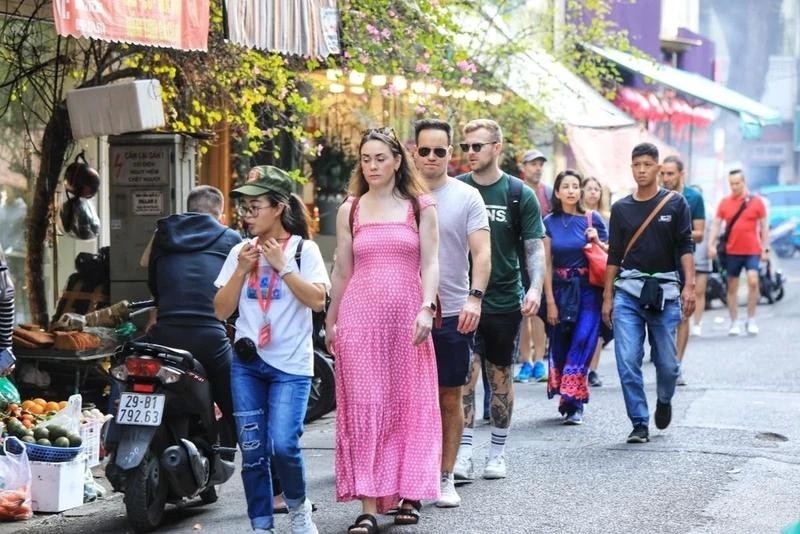 |
| Photo for illustration. (Source: VOV) |
According to the latest data compiled by the General Department of Customs, between the beginning of the year to mid-August, Vietnam spent US$1.78 billion on importing 16.1 million tonnes of ores and minerals. Compared to the same period from last year, the import volume soared by 23.8%, whilst the turnover also surged by 25.3% on-year.
In terms of markets, the country imported this item from 21 major markets during the seven-month period. Australia represented the largest Vietnamese mineral and ore import market with 6.7 million tonnes, up 34.9% on-year. Brazil was the second largest market with 4.26 million tonnes, up 55% on-year.
Most notably, the import volume of ores and minerals from Turkey increased sharply from 11,571 tonnes in the previous period to 166,258 tonnes in the current period. The nation also imported 130,372 tonnes from India, up 8.7% over the same period from last year.
China was the only market among the eight largest ones to record a decline in volume, down 35.3% on-year to 332,862 tonnes.
Among the eight largest markets importing ores and minerals from the Vietnamese market were also Cambodia, Laos, and Thailand, with imports from all countries increasing throughout the reviewed period.
In terms of turnover, ores and minerals from Australia had the largest import turnover with US$782 million, up 39.3% over the same period from last year; and Brazil with US$509 million, up 45.3% on-year.
In ASEAN, Vietnam spent around US$18 million on importing ores and minerals from Malaysia, Myanmar, and Singapore.
Agricultural ecotourism a way to increase visitor revenues
As an agricultural country boasting many traditional craft villages and beautiful landscapes, Vietnam holds considerable advantages for developing rural ecotourism, which has emerged as a trend among both domestic and international tourists in recent years, reported Vietnam News Agency.
 |
| Tourists experience cultivating bamboo at an agricultural tourism model in Bac Giang province. (Photo: Nhan dan Newspaper) |
Ngo Truong Son, chief of the central coordinating office for new-style rural areas, said there are 584 agricultural and rural tourism models nationwide at present. The Ministry of Agriculture and Rural Development also approved a list of 20 pilot agricultural and rural tourism models for implementation until 2025.
Localities are promoting tourism resources linked with agriculture and rural areas. Products of agricultural and rural tourism are also being diversified, meeting demand for domestic and international travellers.
Besides, he noted, many are tapping values of the traditional culture, farming practices, local delicacies, natural landscapes, festivals, and craft villages to create distinctive tourism products. They are also developing this type of tourism in tandem with marketing local agricultural products, especially those under the “One Commune, One Product” (OCOP) programme.
The National Agricultural Extension Centre said that the large number of charming landscapes and traditional craft villages is now an impetus for agricultural tourism. Aside from helping change the economic structure and boost the sale of farm produce, the concurrent development of agriculture and ecotourism is also helping preserve and bring into play the cultural values of rural areas while raising the brand value of local products and specialties.
 |
| Photo for illustration. (Source: VNA) |
Several agricultural and rural tourism models have proved a magnet to Vietnamese and foreign holidaymakers.
For example, the Con Chim community-based tourism model in the Mekong Delta province of Tra Vinh offers visitors an ideal destination to relax amidst waterways and garden landscapes. The Khim Noi community-based tourism and culture village in Mu Cang Chai district of Yen Bai province and the home stay services in Lac village of Hoa Binh province give them hideaways from the busy life, together with a chance to explore the customs of ethnic minorities in northern mountainous regions.
Meanwhile, tours of terraced rice fields in the rice ripening season in the northwestern region, coffee plantations in the Central Highlands province of Dak Lak, and dragon fruit farms in the south-central province of Binh Thuan promise unforgettable scenes as well as farming experiences across Vietnam.
However, agricultural and rural tourism is facing challenges due to a lack of methodological development plans. Small-scale projects and a lack of professionalism have made it hard for management and promotion.
In addition, there haven’t been many models combining agricultural production and rural tourism, local people’s capacity of managing and operating tourism models is still limited, while agricultural and rural tourism marketing is still in its infancy.
To develop this type of tourism and modernise the countryside, localities must review tourism resources, connect local destinations with others in different provinces, and develop agricultural tourism appropriate to local landscapes and agricultural production.
They are also recommended to build tourist-friendly showrooms for products of agriculture and craft villages while helping preserve, revive, and develop traditional farming practices and craft villages to attract travellers to experiential tourism sites.
Google celebrates Vietnam's National Day with national flag doodle
 The Vietnam homepage of Google honours the 79th anniversary of the country’s National Day (September 2). (Screenshot photo) The Vietnam homepage of Google honours the 79th anniversary of the country’s National Day (September 2). (Screenshot photo) |
|
The Vietnam homepage of tech giant Google features a fluttering Vietnamese national flag in honour of the 79th anniversary of the country’s National Day (September 2), reported Vietnam News Agency.
In its description, Google states that “Today’s Doodle celebrates National Day in Vietnam! On this day in 1945, thousands of citizens gathered at Ba Đình Square in Hanoi to hear the president read aloud the Proclamation of Independence of the Democratic Republic of Vietnam”.
September 2 is an occasion for Vietnamese people to honour the many sacrifices made by past generations to achieve independence, and serves as a reminder to carry their legacy into the future. To celebrate, people gather for cultural ceremonies, jubilant parades, and musical shows hosted throughout the country, it says.
Many also visit historic celebratory sites like Hanoi Old Quarter and the Ho Chi Minh Mausoleum, which are adorned with the red-and-yellow Vietnamese flag — like the one seen in today’s artwork. National delicacies like pho, banh mi, bun bo hue and much more are also enjoyed by the masses.
Google concludes the description with a National Day congratulation to Vietnam.
Google Doodles are various images and symbols of the Google logo to celebrate holidays, significant events, and important occasions around the world.
In Vietnam, along with the National Day, Google also promotes other holidays, Vietnamese figures and special occasions, and pays respect through its unique doodles. Notable images can be seen marking the Hung King's Festival, the Mid-Autumn Festival, the Lunar New Year, painter Bui Xuan Phai, the ancient town of Hoi An, and cai luong (reformed theatre) - a form of modern folk opera, particularly famous in southern Vietnam.
Vietnam among cheapest Southeast Asian countries to visit for Indian travellers
 |
| Foreign tourists at the Old Quarter in Hanoi. (Photo: VNA) |
The newspaper shared that for Indian travellers seeking budget-friendly destinations, this region offers a range of options where you can enjoy a memorable trip without breaking the bank, reported Vietnam News Agency.
Vietnam is a top choice for budget travellers, said the Times of India, noting that the country offers a diverse range of experiences from the bustling streets of Hanoi and Ho Chi Minh City to the serene beauty of Ha Long Bay.
Vietnamese street food is both delicious and inexpensive, with meals often costing less than 200 INR (2.4 USD).
Accommodation ranges from budget hostels to affordable guesthouses and boutique hotels, making it easy for Indian tourists to find a place that fits their budget.
In addition, local transportation options such as buses and trains are quite affordable, further reducing overall travel costs./.